Home>diy>Building & Construction>What Is EMR In Construction
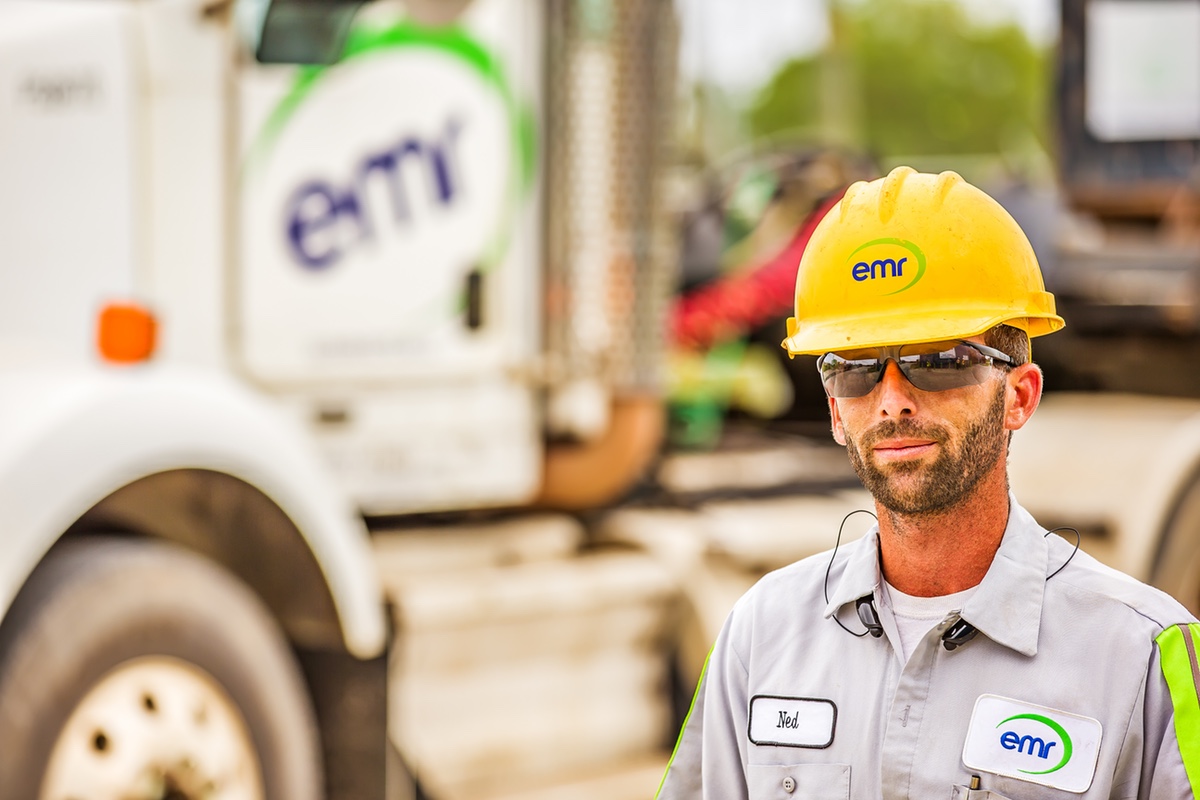

Building & Construction
What Is EMR In Construction
Modified: December 7, 2023
Learn what EMR stands for in the context of building construction. Discover how this essential metric is used to assess the safety and risk associated with construction projects.
(Many of the links in this article redirect to a specific reviewed product. Your purchase of these products through affiliate links helps to generate commission for Storables.com, at no extra cost. Learn more)
Overview of EMR in Construction
In the construction industry, safety is paramount. With the inherent risks and hazards involved in building projects, it is crucial for construction companies to implement effective safety management strategies to protect their workers and ensure the success of their projects. One important tool that is widely used in the construction industry to measure and assess safety performance is the Experience Modification Rate (EMR).
EMR, also known as the Experience Mod, is a numerical representation of a company’s past workers’ compensation insurance claims and safety performance. It is a measurement of how a company’s safety record compares to other companies in the same industry. The EMR is calculated by insurance providers based on a complex formula that takes into account the frequency and severity of workplace injuries and claims.
The goal of EMR is to accurately predict a company’s future risk of accidents and injuries by evaluating its past performance. A low EMR indicates that a company has a strong safety record and is less likely to have workplace accidents, while a high EMR suggests that a company has had a higher number of accidents and injuries in the past, making it a riskier choice for insurance providers.
EMR plays a crucial role in the construction industry as it directly affects a company’s insurance premiums. Insurance providers use the EMR to determine how much a company should pay for workers’ compensation insurance coverage. A higher EMR can lead to higher insurance costs, while a lower EMR can result in more affordable premiums.
Construction companies understand the importance of maintaining a low EMR to not only reduce insurance costs but also to attract clients. Clients often consider a company’s safety record as a key factor when selecting contractors for their projects. A favorable EMR demonstrates a commitment to safety and can give a company a competitive edge in the industry.
Key Takeaways:
- EMR, or Experience Modification Rate, is a crucial safety performance metric in construction. It directly impacts insurance costs, client selection, and overall company reputation, making it essential for companies to prioritize maintaining a low EMR.
- Monitoring and improving EMR involves proactive safety measures, fostering a strong safety culture, and continuous assessment. Real-life case studies demonstrate how companies successfully reduced EMR through commitment to safety and continuous improvement.
Read more: What Is A Good EMR Rating In Construction
Understanding EMR (Experience Modification Rate)
The Experience Modification Rate (EMR) is a vital component of a company’s safety management program in the construction industry. To fully grasp its significance, it is essential to understand how the EMR is calculated and its implications for construction companies.
The EMR is determined by the National Council on Compensation Insurance (NCCI) in the United States and is specific to each company. It is calculated based on three years of retrospective data, including the company’s payroll and claims history.
The calculation of the EMR involves comparing a company’s actual claims experience to the expected claims experience for the industry as a whole. An EMR of 1.0 is considered the industry average, implying that a company has an average level of risk. A lower EMR indicates better-than-average safety performance, while a higher EMR implies a higher risk level.
Understanding the EMR calculation process is crucial for construction companies. It allows them to identify areas of improvement in their safety record and implement measures to reduce the number and severity of workplace injuries and claims. By doing so, companies can lower their EMR and subsequently decrease insurance premiums.
To lower the EMR, construction companies must prioritize safety and implement effective safety management practices. This includes providing ongoing safety training to employees, conducting regular audits and inspections, promoting a culture of safety, and promptly addressing any safety concerns or hazards on construction sites.
Construction companies should also maintain accurate records of workplace incidents and thoroughly investigate every incident to identify root causes and prevent future occurrences. Timely reporting of claims can also contribute to a more accurate and favorable EMR calculation.
It is important to note that the EMR calculation takes into account both the frequency and severity of injuries and claims. Therefore, effective injury prevention measures and early intervention in case of workplace injuries are key factors in reducing the EMR.
By understanding the significance of the EMR and actively working towards improving safety performance, construction companies can not only reduce insurance costs but also enhance their reputation as a safe and reliable contractor. Additionally, a lower EMR can provide a competitive advantage by attracting clients who prioritize safety when selecting contractors for their construction projects.
Importance of EMR in Construction
The Experience Modification Rate (EMR) holds significant importance in the construction industry. It serves as a critical measure of a company’s safety performance and has several implications for construction companies.
One of the primary reasons why EMR is important in construction is its direct impact on insurance premiums. Insurance providers use the EMR as a key factor in determining the cost of workers’ compensation insurance coverage. A lower EMR indicates that a company has a good safety record and is less likely to have workplace accidents, leading to lower insurance premiums. Conversely, a higher EMR signals a higher risk of accidents and injuries, resulting in higher insurance costs for the company.
Reducing insurance costs is a major motivation for construction companies to maintain a low EMR. By prioritizing safety and implementing effective safety management practices, companies can lower their EMR and subsequently decrease insurance premiums. This can significantly impact the company’s financial bottom line and improve its competitiveness in the industry.
Another important aspect of EMR in construction is its influence on the selection process of potential clients. Clients often consider a company’s safety record, including its EMR, when choosing contractors for their construction projects. A favorable EMR demonstrates a commitment to safety and provides assurance to clients that the company prioritizes the well-being of its workers. This can give a company a competitive edge and increase its chances of securing lucrative projects.
EMR is not only important for insurance purposes and client selection but also for the overall safety culture within a construction company. By monitoring and tracking the EMR, companies can assess their safety performance over time and identify areas of improvement. This information allows them to implement targeted safety initiatives, provide additional training, and address potential hazards to reduce accidents and injuries.
Moreover, a low EMR can enhance a company’s reputation and brand image. Clients, stakeholders, and workers are more likely to trust and choose a company that has a proven track record of safety excellence. This positive reputation can lead to increased opportunities for growth, attracting top talent, and fostering long-term relationships with clients and partners.
Overall, the importance of EMR in construction cannot be overstated. It serves as a benchmark for measuring safety performance, influences insurance costs, impacts client selection, drives safety improvements, and enhances overall company reputation. Construction companies should prioritize maintaining a low EMR and continually strive for excellence in safety management to reap the numerous benefits it offers.
Factors Affecting EMR in Construction
The Experience Modification Rate (EMR) in construction is influenced by various factors that contribute to a company’s overall safety record and risk level. Understanding these factors is crucial for construction companies in order to effectively manage their EMR and improve safety performance. Here are some key factors that can impact EMR in construction:
- Frequency and severity of workplace injuries: The number and severity of workplace injuries and claims have a significant impact on EMR. Companies with a lower frequency and severity of injuries tend to have a lower EMR, indicating a better safety record.
- Workers’ compensation claims: The number and cost of workers’ compensation claims filed by employees can affect EMR. Higher claims costs and frequent claims can lead to a higher EMR, indicating a greater perceived risk by insurance providers.
- Historical claims data: The EMR is based on a company’s past three years of claims history. The severity and frequency of claims during this period are taken into account when calculating the EMR. A company with a history of high or severe claims will likely have a higher EMR.
- Size and type of construction projects: The size and complexity of construction projects can impact EMR. Large-scale projects involving higher risks, such as working at great heights or handling hazardous materials, may contribute to a higher EMR.
- Company size and payroll: The size of a construction company and its payroll can influence EMR. Companies with larger payrolls tend to have higher EMRs, as a higher payroll indicates potentially greater exposure to risk and a greater likelihood of workplace injuries.
- Safety management practices and culture: The effectiveness of a company’s safety management practices and its safety culture play a significant role in determining EMR. Companies that prioritize safety, provide regular safety training, conduct inspections, and implement proactive safety measures are more likely to have a lower EMR.
- Claims reporting and management: Timely reporting of workplace incidents, effective claims management, and prompt resolution of claims can impact EMR. Companies that systematically report and manage claims, including providing necessary medical care and return-to-work programs, may see a more favorable impact on their EMR.
- Industry benchmark: EMR is calculated by comparing a company’s performance to the average performance of similar companies in the industry. The average industry EMR can act as a benchmark, and companies with higher EMRs than the industry average may face higher insurance costs.
By understanding and addressing these factors, construction companies can take proactive measures to improve safety performance and lower their EMR. Implementing robust safety management practices, promoting a strong safety culture, fostering proactive injury prevention measures, and maintaining accurate records can all contribute to reducing EMR and improving overall safety performance in the construction industry.
Calculating EMR in Construction
The Experience Modification Rate (EMR) is calculated using a complex formula that considers various factors related to a company’s workers’ compensation claims history. Understanding the EMR calculation process can help construction companies gauge their safety performance and take steps to improve it. While the exact formula may vary by jurisdiction and insurance provider, here are the key elements typically involved in calculating EMR in construction:
- Claims data: The EMR calculation begins with gathering the necessary claims data from the company’s workers’ compensation insurance provider. This includes information on the number of claims, their costs, and the injury severity over a specific period, typically the past three years.
- Expected Loss Rate (ELR): The ELR is a critical component in determining EMR. It is a measure of the expected frequency and severity of injuries and claims for a particular industry. The ELR is determined by the National Council on Compensation Insurance (NCCI) or other rating bureaus based on extensive data analysis.
- Expected Primary Losses: The expected primary losses represent the portion of the ELR attributed to the frequency of claims and injuries. It is calculated by multiplying the ELR by the company’s average payroll during the experience period.
- Actual Primary Losses: Actual primary losses are the total incurred losses, including medical expenses and indemnity payments, resulting from workplace injuries and claims during the experience period.
- Experience Rating Adjustment (ERA): The ERA is a factor that adjusts the primary losses based on the size of the company and the level of risk associated with its operations. It takes into account the company’s payroll and classification codes, which identify the types of work performed by the company.
- Actual vs. Expected Ratio: The actual primary losses are divided by the expected primary losses to calculate the actual vs. expected ratio. This ratio represents how a company’s claims experience compares to the expected performance for the industry.
- Experience Modification Factor (EMF): The EMF is the final result of the EMR calculation and is derived by subtracting 1 from the actual vs. expected ratio and multiplying by 100. The EMF reflects the company’s safety performance in relation to the industry average. An EMF above 100 indicates higher-than-average losses, while a value below 100 indicates better-than-average performance.
- Experience Modification Rate (EMR): The EMR is the decimal representation of the EMF, rounded to three decimal places. For example, an EMF of 0.85 would result in an EMR of 0.850.
It’s important to note that while this is a general overview of the EMR calculation process, variations may exist depending on the specific jurisdiction and insurance rating bureau requirements. Construction companies should consult with their insurance providers or rating bureaus to understand the exact formula used to calculate their EMR.
Monitoring and analyzing the calculated EMR can help companies identify areas for improvement in their safety management practices and take necessary actions to reduce workplace injuries and claims. By actively working to lower their EMR, construction companies can not only reduce insurance costs but also improve their overall safety culture and reputation in the industry.
When using EMR (Experience Modification Rate) in construction, aim to keep it low by prioritizing safety, training employees, and implementing effective risk management practices to reduce workplace accidents and injuries.
Read more: What Is Pre-Construction In Construction
Benefits of Monitoring EMR in Construction
In the construction industry, monitoring the Experience Modification Rate (EMR) is a crucial aspect of effective safety management. Keeping a close eye on EMR can provide numerous benefits for construction companies. Here are some key advantages of monitoring EMR in construction:
- Identifying safety performance: Monitoring EMR allows construction companies to assess their safety performance over time. By tracking changes in EMR, companies can gain insights into the effectiveness of their safety management practices. A declining EMR indicates improved safety performance, while an increasing EMR raises red flags about potential safety issues that need to be addressed.
- Evaluating risk levels: EMR is a reflection of a company’s risk level in terms of workplace accidents and injuries. By monitoring EMR, construction companies can evaluate their exposure to risk and take appropriate preventative measures. This can involve identifying high-risk tasks or work areas and implementing targeted safety measures to mitigate potential risks.
- Improving safety culture: Emphasizing EMR monitoring can foster a strong safety culture within a construction company. When employees see that their safety performance and EMR are being closely monitored, it sends a clear message about the company’s commitment to safety. This can encourage employees to be more vigilant, follow safety protocols, and actively participate in creating a safer work environment.
- Reducing insurance costs: Lowering EMR can have a direct impact on insurance costs for construction companies. A low EMR indicates good safety performance and a lower likelihood of workplace accidents, which can result in lower workers’ compensation insurance premiums. By actively monitoring their EMR and implementing effective safety measures, construction companies can achieve cost savings in insurance expenses.
- Gaining a competitive edge: Maintaining a low EMR can enhance a construction company’s reputation and provide a competitive advantage. Clients often consider a contractor’s safety record, including their EMR, when selecting partners for construction projects. A favorable EMR can make a company stand out from competitors, instilling confidence in clients that safety is a top priority and improving the chances of winning lucrative contracts.
- Driving continuous improvement: Monitoring EMR helps construction companies identify areas for improvement in their safety management practices. By analyzing trends and patterns in EMR data, companies can pinpoint specific safety issues and implement targeted strategies to address them. This approach fosters a culture of continuous improvement, ensuring that safety measures are continually enhanced to protect workers and minimize the risk of accidents.
In summary, monitoring EMR in construction brings numerous benefits to companies. By evaluating safety performance, identifying risk levels, fostering a safety culture, reducing insurance costs, gaining a competitive edge, and driving continuous improvement, construction companies can not only enhance their bottom line but also create safer work environments for their employees. Regularly tracking EMR should be a key component of every construction company’s safety management strategy.
Strategies for Improving EMR in Construction
Improving the Experience Modification Rate (EMR) is a priority for construction companies aiming to enhance safety performance and reduce insurance costs. Implementing effective strategies can help companies achieve a lower EMR and create a safer work environment. Here are some key strategies for improving EMR in construction:
- Develop a comprehensive safety program: Establishing a robust safety program is vital for improving EMR. This program should include clear safety policies, procedures, and guidelines that are communicated to all employees. It should cover areas such as hazard identification, emergency response, training programs, and regular safety meetings. A strong safety program lays the foundation for a safety-conscious work environment.
- Invest in regular safety training: Providing regular safety training to all employees is crucial for reducing workplace incidents and improving EMR. Training should be tailored to the specific hazards and risks associated with the construction industry. It should cover topics such as fall protection, equipment operation, hazard recognition, and proper use of personal protective equipment (PPE). Ongoing training helps employees stay updated on safety protocols and reinforces a safety culture.
- Promote a safety culture: Creating a safety culture is essential for reducing accidents and improving EMR. It involves fostering a mindset of safety among all employees, from top management to front-line workers. This can be achieved through regular communication, recognition of safe practices, involvement of employees in safety initiatives, and open channels for reporting hazards or near misses. A strong safety culture encourages employees to take responsibility for their own safety and helps drive continuous improvement.
- Conduct regular safety inspections and audits: Regular inspections and audits of construction sites are critical to identifying potential hazards and addressing them promptly. This proactive approach helps mitigate risks before accidents occur. Inspections should focus on tasks, equipment, and work practices, ensuring compliance with safety regulations and best practices. Any identified hazards should be addressed immediately to prevent accidents and injuries.
- Implement effective incident reporting and investigation: Encouraging employees to report incidents and near misses is vital for understanding the root causes of accidents and preventing future occurrences. Prompt and thorough incident investigations help identify underlying factors and implement corrective actions to prevent similar incidents. This proactive approach can lead to a decrease in workplace injuries and positively impact EMR.
- Provide proper personal protective equipment (PPE): Ensuring that employees have access to and consistently use the appropriate PPE is essential for preventing injuries and reducing EMR. Construction companies should provide and enforce the use of safety helmets, protective eyewear, gloves, safety shoes, and other necessary PPE based on the specific tasks and hazards involved.
- Implement return-to-work programs: Developing effective return-to-work programs for employees who have experienced workplace injuries can contribute to lowering EMR. These programs focus on assisting injured employees in their recovery and facilitating their safe return to work. They can help reduce workers’ compensation costs and maintain productivity while supporting the well-being of the workforce.
- Collaborate with subcontractors and stakeholders: Building strong relationships with subcontractors and other stakeholders in the construction industry is important for improving EMR. Collaborating on safety initiatives, sharing best practices, and ensuring consistent safety standards among all parties involved can positively impact overall safety performance and EMR.
By implementing these strategies, construction companies can greatly enhance their safety performance, reduce workplace incidents, and improve their EMR. Continuous assessment, regular refinements, and a commitment to safety at all levels of the organization are key to achieving a safer work environment and a lower EMR.
Case Studies: EMR Success Stories in Construction
Examining real-life case studies can provide valuable insights into how construction companies have effectively improved their Experience Modification Rate (EMR) and achieved success in safety performance. Here are a few notable EMR success stories in the construction industry:
Case Study 1: ABC Construction
ABC Construction, a mid-sized construction company, recognized the importance of improving their EMR to reduce insurance costs and enhance their safety record. They implemented a comprehensive safety program that included regular safety training for all employees, rigorous safety inspections and audits, and the promotion of a strong safety culture. Their efforts were backed by top management’s commitment to safety and active employee involvement in safety initiatives.
By consistently monitoring their EMR and analyzing trends, ABC Construction identified areas for improvement and implemented targeted strategies. They focused on reducing the frequency of workplace injuries by addressing common hazards and providing additional training in high-risk tasks. Additionally, they strengthened their incident reporting and investigation procedures, allowing them to identify root causes and implement preventive measures.
As a result of their proactive measures and dedication to safety, ABC Construction saw a steady decline in their EMR over a three-year period. Their efforts not only reduced insurance costs but also enhanced their reputation as a safe and reliable contractor, leading to increased business opportunities.
Case Study 2: XYZ Construction
XYZ Construction, a large construction company, experienced a concerning increase in their EMR, resulting in higher insurance costs and potential client hesitancy. Determined to reverse the trend, they took decisive action to improve their safety performance and lower their EMR.
XYZ Construction implemented a range of strategies, including comprehensive safety training programs for employees at all levels, the establishment of clear safety policies and procedures, and the utilization of advanced technology for safety management. They also enhanced their incident reporting system and focused on fostering a safety culture where employees felt empowered to speak up about safety concerns.
Through consistent efforts and a commitment to continuous improvement, XYZ Construction successfully reduced their EMR over a period of two years. This achievement not only resulted in significant cost savings in insurance premiums but also positioned XYZ Construction as a safety leader in the industry, attracting high-profile projects and clients.
Case Study 3: DEF Construction
DEF Construction, a small construction company, faced challenges in improving their EMR due to limited resources and a lack of safety management systems. Recognizing the importance of achieving a lower EMR, they sought outside expertise and guidance.
Working with safety consultants, DEF Construction implemented a comprehensive safety management system tailored to their specific needs and resources. This included the development of safety policies and procedures, regular safety training for employees, and the implementation of safety audits and inspections. They also focused on improving their incident reporting and investigation procedures to identify and address potential hazards promptly.
Through their commitment to continuous improvement, DEF Construction significantly reduced their EMR over a three-year period. Their success in improving safety performance and achieving a lower EMR gave them a competitive edge in the market, attracting new clients and establishing long-term relationships with existing ones.
These case studies highlight the importance of implementing proactive safety measures, fostering a strong safety culture, and continuously monitoring and improving EMR in construction. By learning from these success stories, construction companies can gain valuable insights and inspiration to enhance their safety performance and achieve a lower EMR.
Challenges and Limitations of EMR in Construction
While the Experience Modification Rate (EMR) is a valuable tool for measuring safety performance in the construction industry, there are several challenges and limitations that need to be considered. Understanding these challenges is crucial for construction companies to effectively interpret and utilize EMR. Here are some key challenges and limitations of EMR in construction:
- Limited data scope: EMR calculations are based on a company’s workers’ compensation claims history, which may not capture all aspects of safety performance. It focuses primarily on claims filed within a specific timeframe and does not account for near misses or potential hazards that have not resulted in claims. This limited scope may not provide a complete picture of a company’s safety culture and preventive measures.
- Variations in classification codes: EMR calculations rely on the classification codes assigned to different types of work performed by a construction company. However, there may be variations in how classification codes are assigned or interpreted by different insurance providers, which can lead to inconsistencies in EMR calculations. This can make it challenging to compare EMR values accurately across companies.
- Insurance provider influence: EMR calculations are performed by insurance providers, and the specific formulas and methodologies used may differ. The varying approaches can result in disparities between EMR values and impact the validity and comparability of EMR across different insurance providers. It is essential for construction companies to understand the specific calculation methods employed by their insurance provider and any potential biases that may exist.
- Delayed impact of safety improvements: Improvements in safety performance and initiatives to reduce workplace injuries often take time to reflect in EMR calculations. Since EMR is based on historical data, it may take several years for significant safety improvements to result in a noticeable reduction in EMR. This delay can make it challenging to assess the immediate impact of safety efforts on EMR.
- Industry benchmark limitations: EMR is calculated based on a comparison with the average EMR of companies in the same industry. However, the average EMR may not always be an accurate representation of the safety performance of leading companies in the industry. Companies with exceptional safety records may still have a higher EMR than the industry average, creating challenges in differentiating performance among high-performing companies.
- External factors: EMR calculations do not consider external factors that may influence safety performance, such as economic conditions, regional variations in safety regulations, or the influence of subcontractors. These factors can impact a company’s EMR and may introduce additional complexities in interpreting and comparing EMR values.
Despite these challenges and limitations, EMR remains a valuable tool for measuring and improving safety performance in the construction industry. It provides an indication of a company’s historical safety performance, helps identify trends and areas for improvement, and influences insurance costs and client perceptions. Construction companies should be aware of these challenges and limitations and utilize EMR as part of a comprehensive safety management program, considering other metrics and factors alongside EMR to gain a holistic view of their safety performance.
Read more: What Is Construction
Future Trends and Innovations in EMR for Construction
The construction industry is constantly evolving, and so is the field of Experience Modification Rate (EMR) in construction. As technology advances and new safety practices emerge, several future trends and innovations are expected to shape the way EMR is measured and utilized. Here are some key trends to watch for in the future:
- Integration of data analytics: With the increasing availability of data and advancements in data analytics, the future of EMR in construction will likely involve the integration of powerful analytics tools. Construction companies will be able to leverage data to gain deeper insights into their safety performance, identify patterns, and predict future risks. Data analytics can help detect safety hazards early on, allowing for proactive interventions and potential reduction in workplace injuries and EMR.
- Emphasis on leading indicators: Currently, EMR primarily considers lagging indicators, such as past claims data. However, future trends are expected to shift towards a greater emphasis on leading indicators. Leading indicators focus on proactive measures and predictive indicators that can provide insights into potential safety risks before accidents occur. By tracking leading indicators such as near-misses, safety training participation rates, or safety observations, construction companies can take early action to prevent incidents and improve EMR.
- Advancements in safety technology: Technology will continue to play a significant role in improving safety and influencing EMR in construction. Innovations such as wearable devices, Internet of Things (IoT) sensors, and augmented reality (AR) tools have the potential to enhance real-time monitoring of safety performance and enable timely interventions. For example, wearable devices can track workers’ vital signs and alert them and supervisors to potential dangers, reducing the likelihood of injuries and positively impacting EMR.
- Collaborative safety platforms: Future trends in EMR will likely include the development of collaborative safety platforms that enable construction companies, subcontractors, and stakeholders to share safety information, best practices, and lessons learned. These platforms can facilitate communication, promote knowledge sharing, and foster a collective effort to improve safety performance and reduce EMR across the industry.
- Standardization and benchmarking: As the industry moves towards standardization of safety practices and benchmarks, EMR calculations are expected to become more consistent and comparable across construction companies. This will allow for better analysis and benchmarking of safety performance, encouraging healthy competition and driving continuous improvement in safety practices and EMR reduction.
- Increased focus on mental health and well-being: The future of EMR may encompass a greater recognition and monitoring of mental health and well-being in the construction industry. Acknowledging the impact of mental health on safety performance, construction companies may adopt strategies to support the mental well-being of their workforce. By addressing mental health concerns and promoting a positive work environment, companies can potentially reduce stress-related accidents and improve overall safety performance, thereby positively impacting EMR.
The future trends and innovations in EMR for construction hold promise for improved safety performance and reduced EMR. Construction companies should proactively embrace these emerging trends and integrate them into their safety management strategies to stay ahead of the curve and create safer work environments. By leveraging technology, embracing leading indicators, collaborating with industry partners, and prioritizing mental well-being, construction companies can drive positive change and continuously improve their safety performance and EMR.
Frequently Asked Questions about What Is EMR In Construction
Was this page helpful?
At Storables.com, we guarantee accurate and reliable information. Our content, validated by Expert Board Contributors, is crafted following stringent Editorial Policies. We're committed to providing you with well-researched, expert-backed insights for all your informational needs.

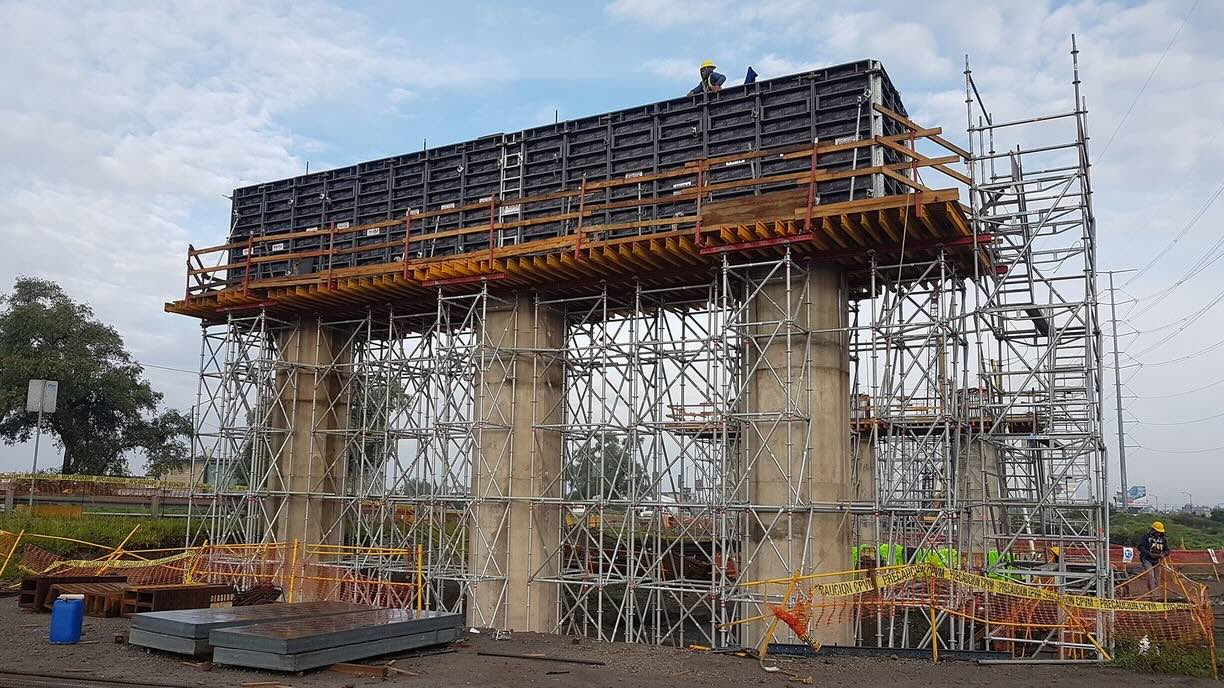
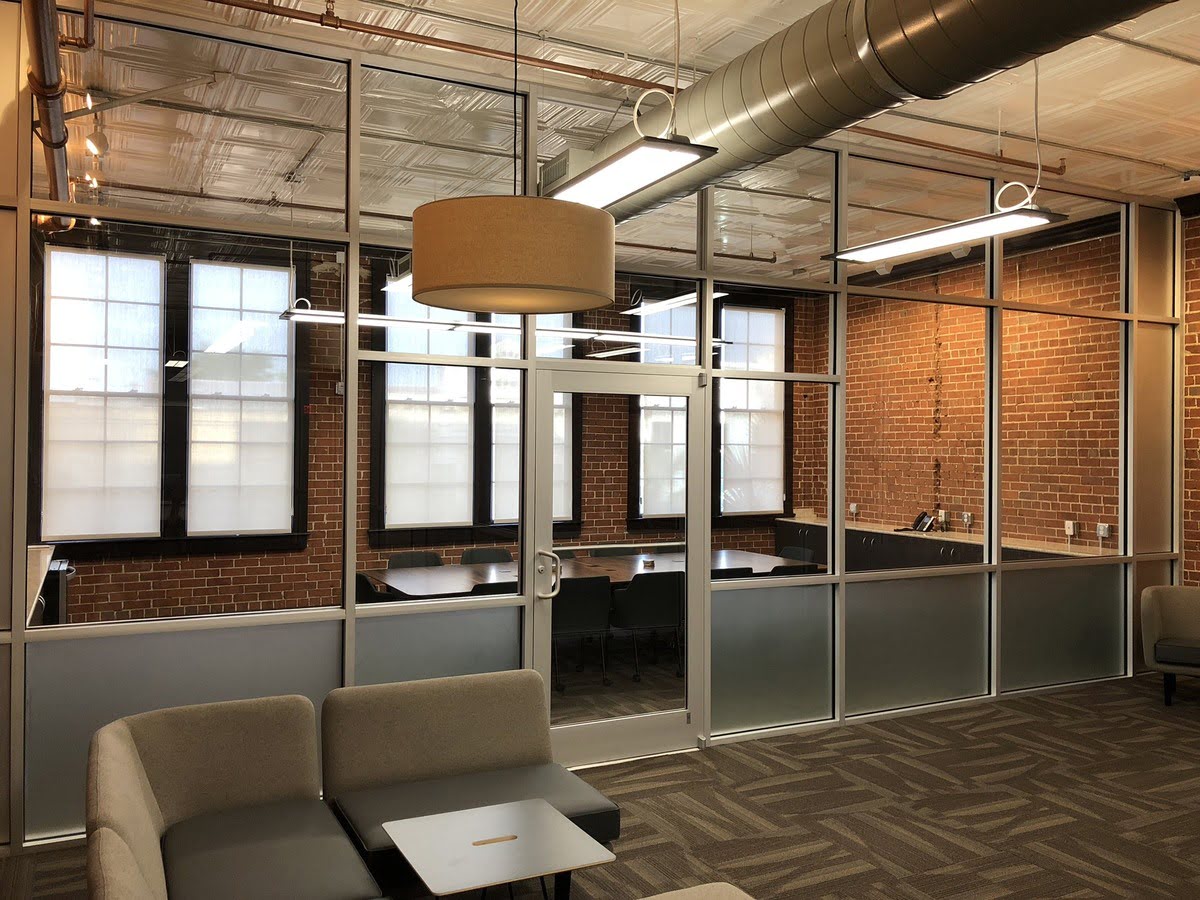

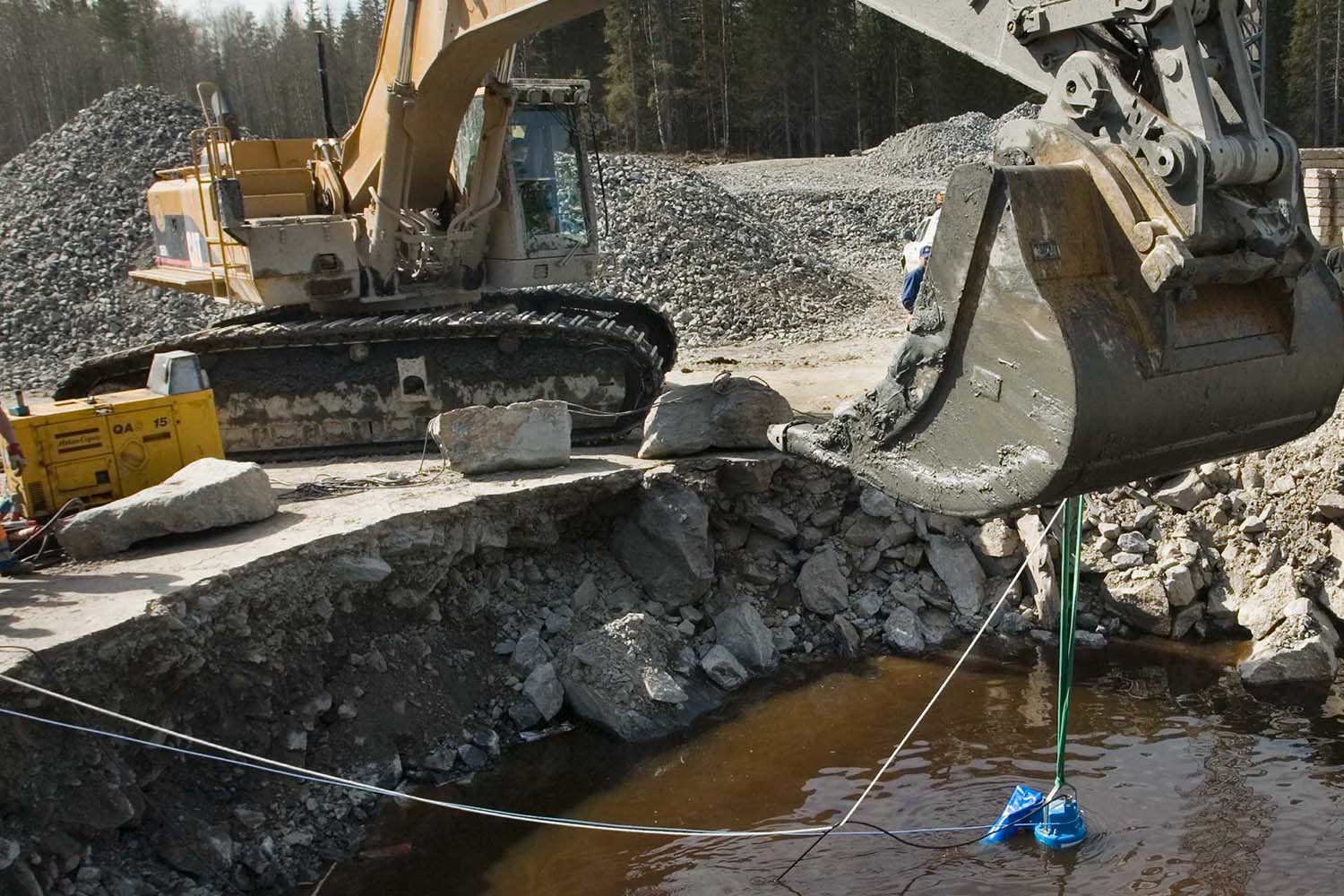



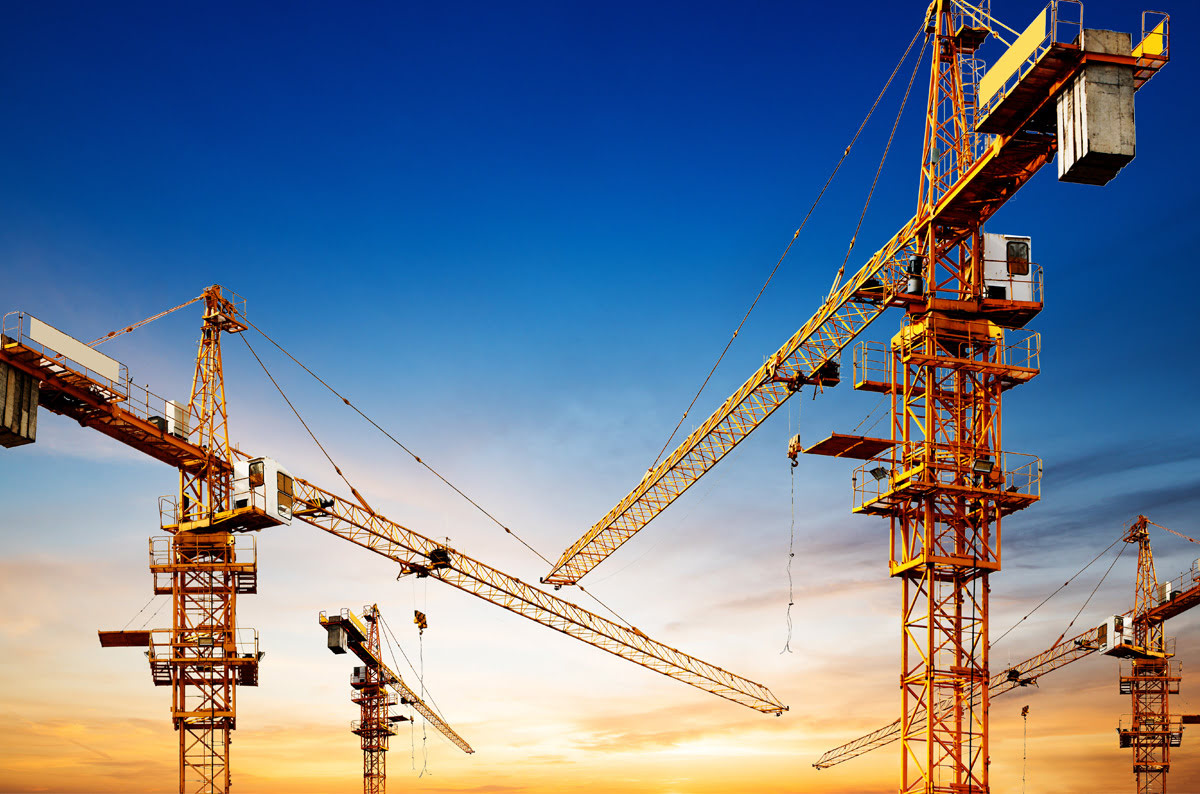
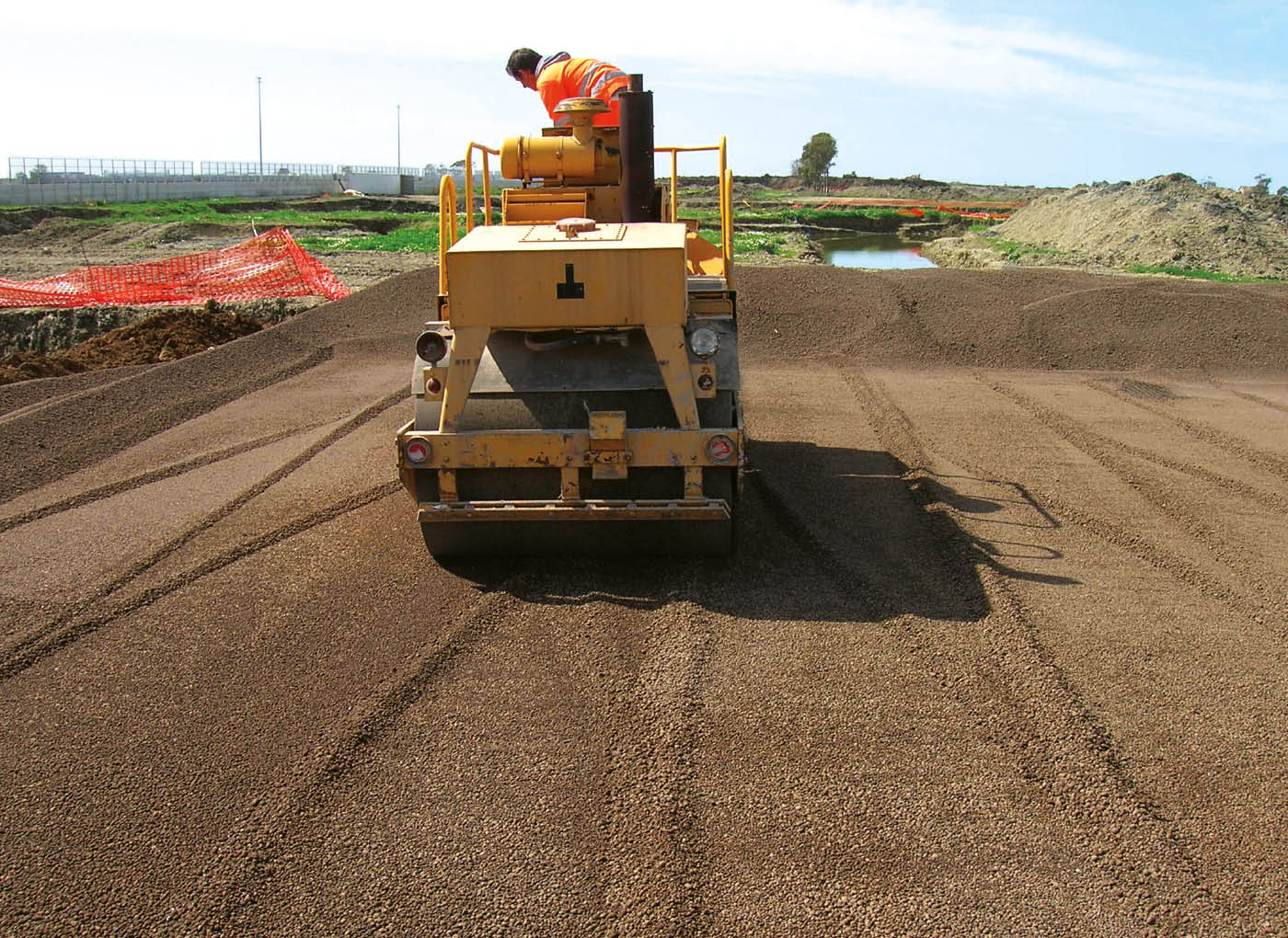

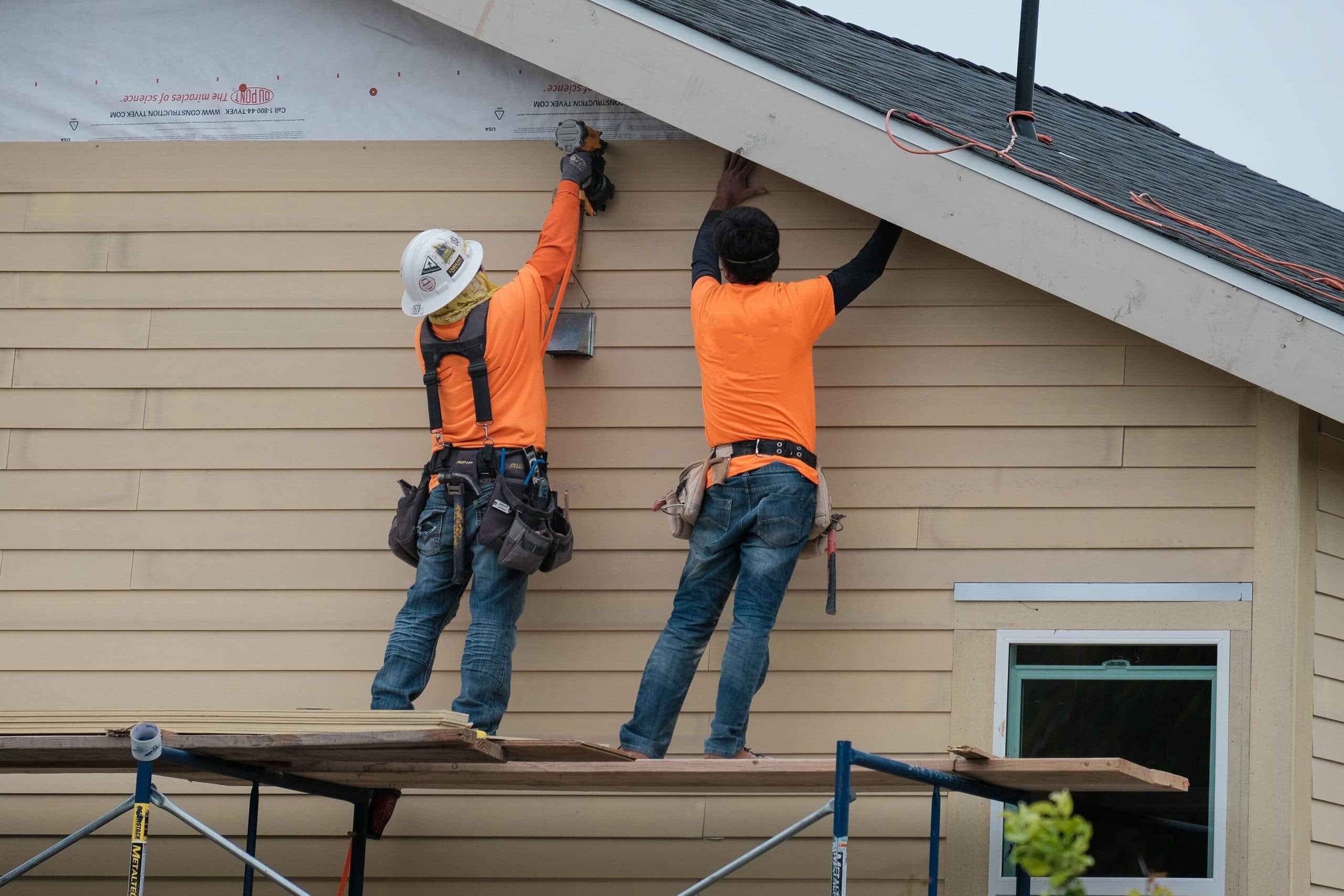
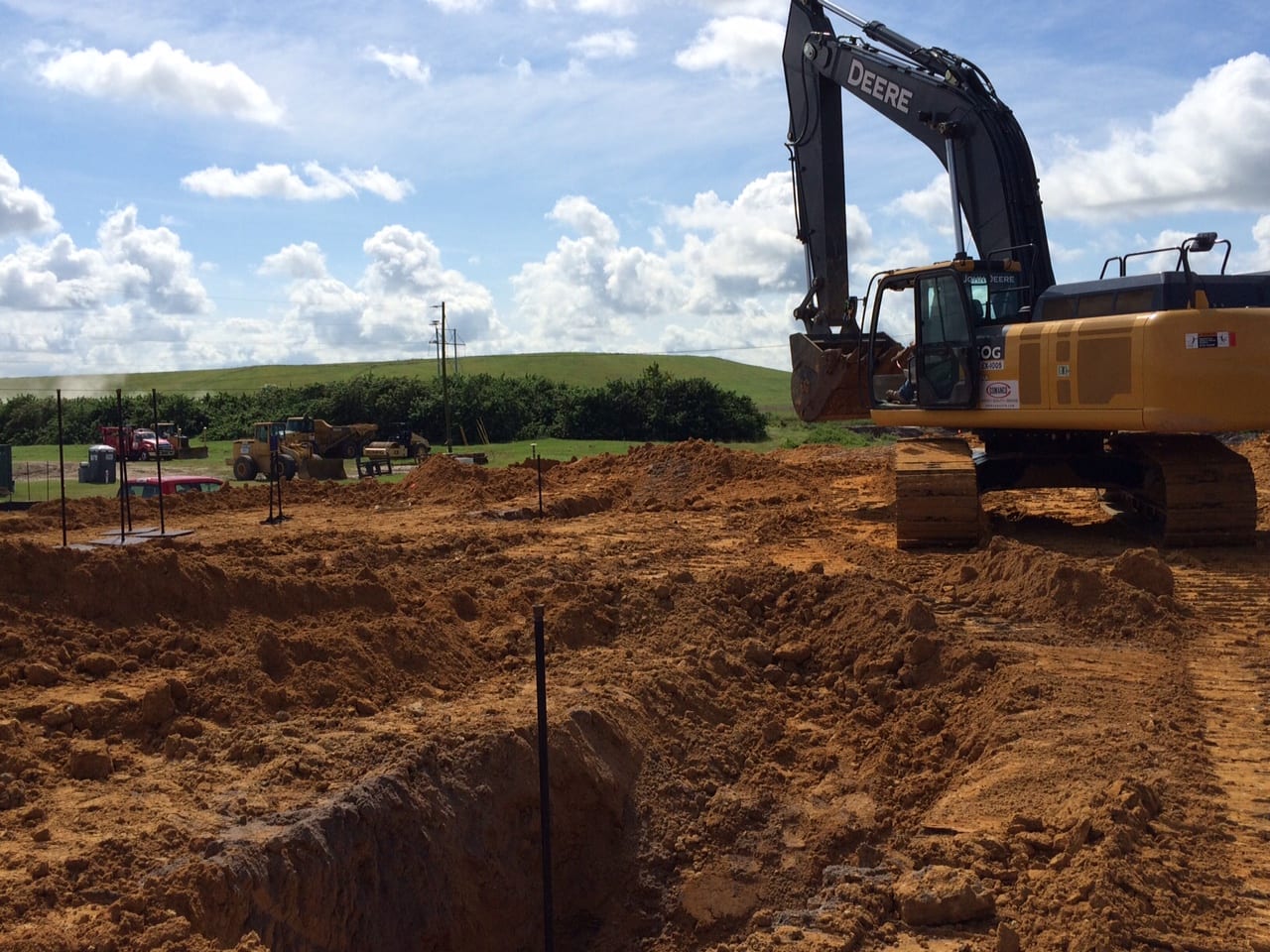

0 thoughts on “What Is EMR In Construction”